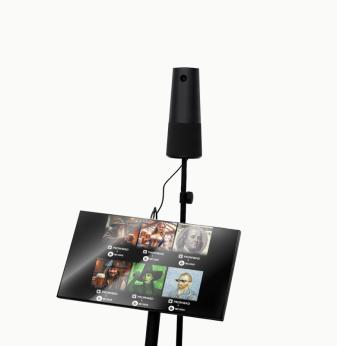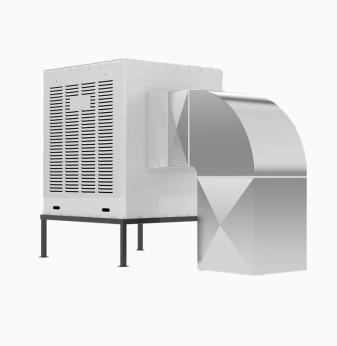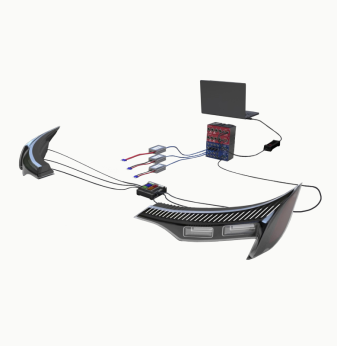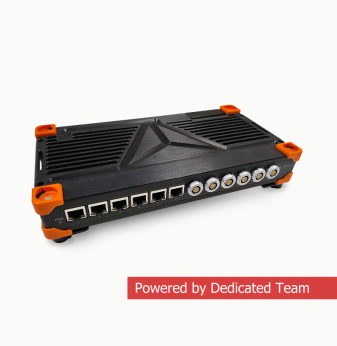Embedded and IoT Hardware Unite: Highlights from Embedded World & electronica 2026
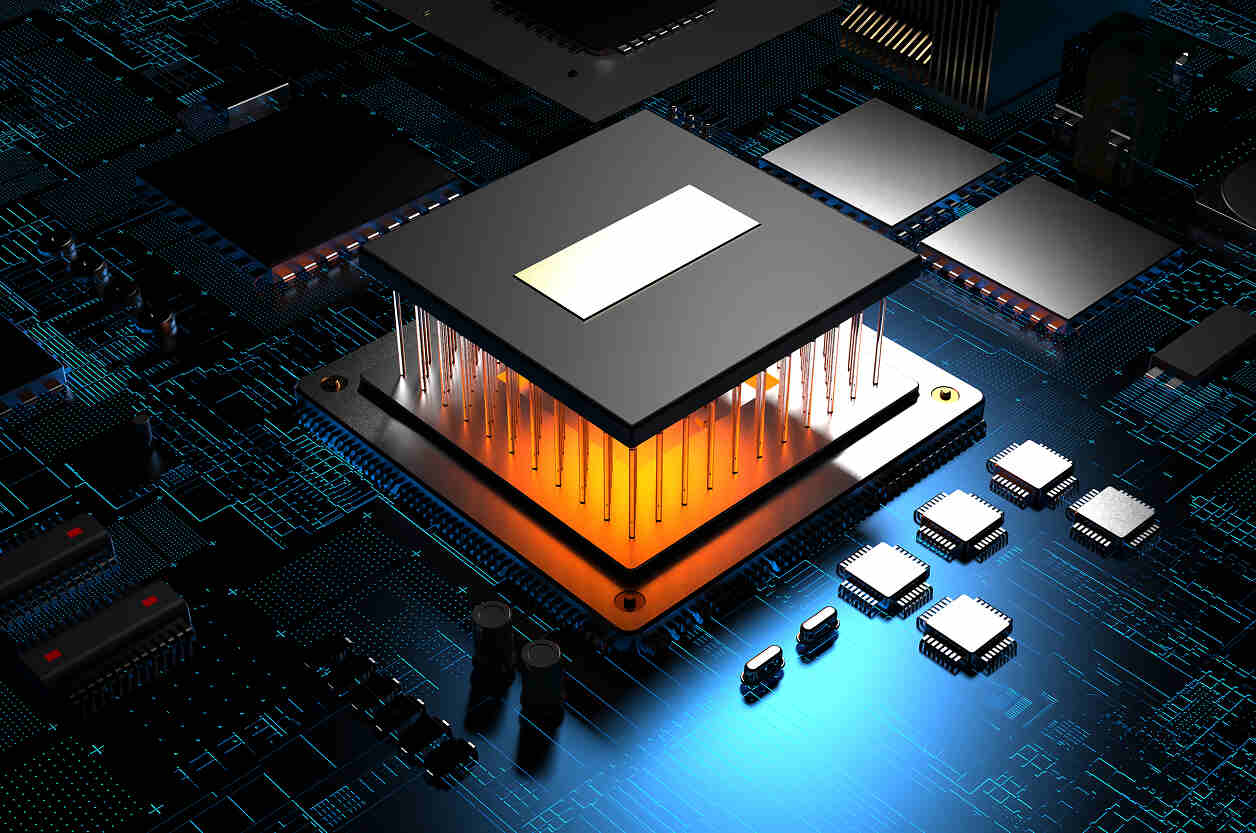
The boundaries between embedded systems and the Internet of Things have blurred. What once stood as distinct disciplines — embedded computing for control and IoT for connectivity — now converge into unified, intelligent hardware ecosystems. Embedded World and electronica 2026 will jointly spotlight this convergence, showing how microcontrollers, sensors, wireless modules, and AI-enabled SoCs are redefining the architecture of connected devices. This article explores key themes expected at both exhibitions, the technologies driving the shift, and what this means for engineering teams developing the next generation of smart products.
Why convergence defines 2026
Embedded systems and IoT share DNA — compact hardware, constrained power, and real-time operation. Historically, embedded devices were closed systems; IoT opened them to connectivity, data, and cloud analytics. In 2026, this separation disappears entirely: embedded hardware is now natively connected, and IoT devices now host full embedded intelligence.
At Embedded World and electronica 2026, exhibitors will demonstrate this unification across all hardware levels — from SoCs that fuse compute and connectivity to edge AI modules capable of autonomous operation without constant cloud support. For product developers, the new paradigm demands unified design: security, software stacks, and hardware architectures must now serve both embedded control and IoT data flow simultaneously.
Key trends to watch at the 2026 shows
1. Converged SoCs: compute, connectivity, and intelligence on one die
The next generation of SoCs integrates CPU, AI accelerators, and multi-protocol wireless connectivity — Wi-Fi, BLE, Matter, UWB, and LPWAN — into single silicon. These “all-in-one” chips will dominate electronica 2026 demos, offering unified stacks for IoT and embedded workloads.
Expect to see heterogeneous SoCs running RTOS for control, Linux for networking, and AI inference locally. This convergence simplifies BOM, improves latency, and reduces integration effort — a major step for developers balancing power and functionality.
2. Edge AI becomes the norm
IoT without intelligence is obsolete. At both shows, edge AI hardware will take center stage — MCUs and SoCs with integrated NPUs or DSPs that enable local inference, anomaly detection, or control logic. These chips reduce cloud dependence, improve privacy, and enable faster decisions at the edge.
For developers, this shift means adapting embedded firmware to host ML runtimes and lightweight neural models, while optimizing for power and memory.
3. Unified toolchains and cross-domain SDKs
Vendors are now releasing toolchains that span embedded and IoT domains — unified SDKs that let engineers build one firmware stack supporting both real-time control and cloud connectivity.
At Embedded World 2026, look for platforms that integrate IoT protocols (MQTT, CoAP, Matter) into embedded IDEs and compilers. At electronica, expect demonstrations of device lifecycle management — firmware-over-the-air (FOTA), device provisioning, and cloud-to-chip security — all tied to the same hardware platform.
4. Sensor fusion and modular IoT design
Smart hardware is no longer defined by isolated sensors but by sensor fusion — multiple sensing modalities processed on-device. Expect demos where SoCs integrate IMUs, environmental sensors, and machine vision accelerators within modular form factors.
Electronica 2026 will highlight “sensor fusion kits” — reference modules that merge multiple sensors and provide firmware libraries for fusion algorithms. Embedded World exhibitors will focus on integrating these kits into industrial and automotive systems.
5. Secure-by-design hardware and supply-chain transparency
Security unifies embedded and IoT domains. Exhibitors will demonstrate chips with hardware roots of trust, secure enclaves, post-quantum crypto engines, and traceable component supply chains. The conversation will move beyond “secure boot” to full lifecycle assurance — manufacturing provenance, firmware authenticity, and continuous security updates.
For system architects, this marks a turning point: security becomes an intrinsic part of every embedded-IoT design, not an afterthought.
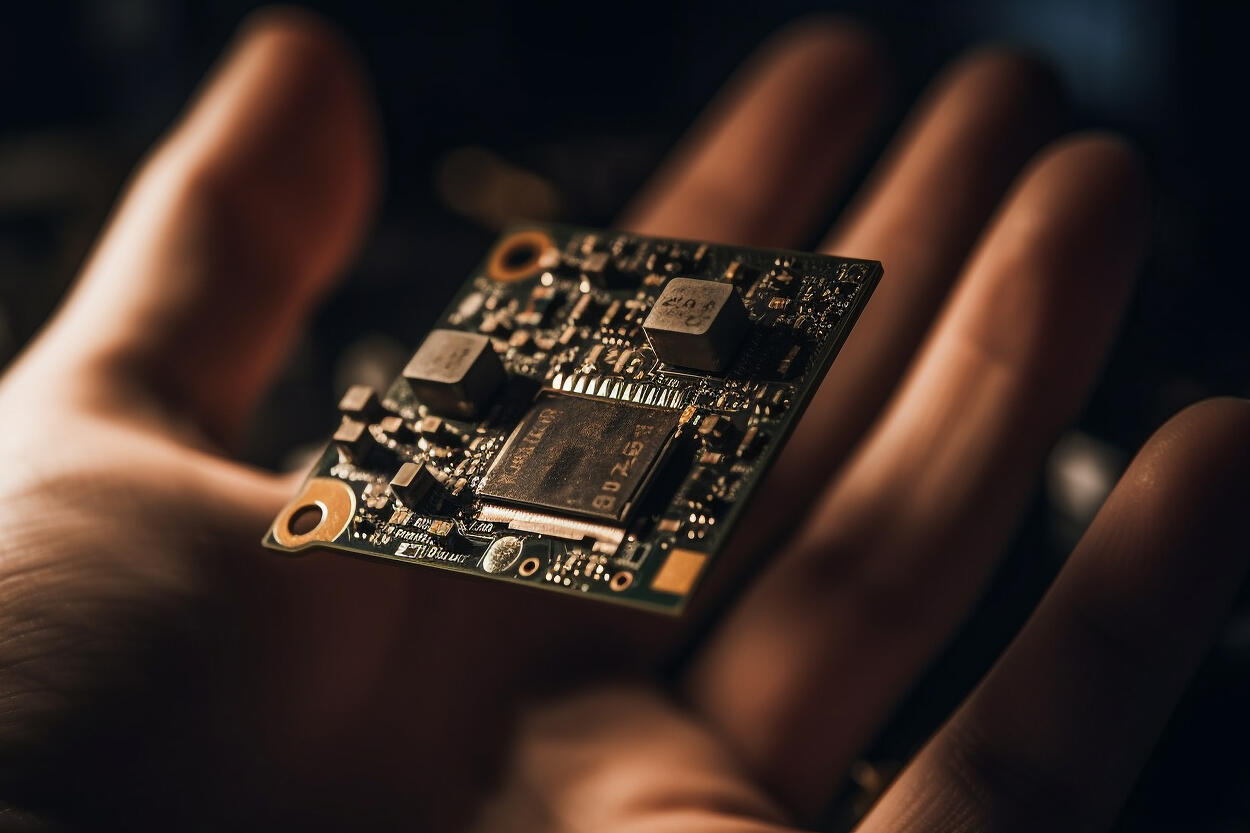
What this convergence means for engineering teams
The merging of embedded and IoT hardware requires rethinking development strategies:
- Cross-disciplinary expertise: firmware developers must understand networking, cloud protocols, and AI runtime frameworks.
- Unified testing and deployment: QA teams will test hardware not just for control performance but also for connectivity, data accuracy, and OTA update resilience.
- Hardware abstraction layers: as SoCs integrate more subsystems, layered abstraction is critical for portability and long-term maintenance.
- Lifecycle management: continuous firmware delivery and device health monitoring become standard engineering practices, even in traditional embedded domains.
- Sustainability and scalability: converged platforms mean fewer SKUs and lower electronic waste, aligning with the industry’s push for sustainable production and longer device lifespans.
Use cases that demonstrate the convergence
- Industrial automation: controllers with built-in IoT connectivity and edge AI handle predictive maintenance directly on the factory floor.
- Automotive systems: telematics ECUs merge embedded control and cloud integration for real-time fleet analytics.
- Consumer IoT: unified SoCs power home devices that combine local intelligence and cloud-synced experiences.
- Healthcare devices: embedded medical monitors use local inference for early diagnostics while securely synchronizing data to health clouds.
- Energy and utilities: smart grid controllers fuse embedded reliability with IoT scalability for distributed energy management.
Preparing for the post-2026 landscape
As convergence becomes the industry baseline, companies must adapt:
- Update internal development pipelines to handle mixed embedded-IoT codebases.
- Adopt unified toolchains supporting multi-domain testing and deployment.
- Reevaluate partner ecosystems — chip vendors offering cohesive hardware-software stacks will dominate.
- Focus on interoperability with open standards like Matter, OPC UA, and MQTT.
- Build flexible hardware architectures that accommodate both local compute and global connectivity.
For design houses and engineering partners, these exhibitions mark a strategic checkpoint: how well your team bridges embedded and IoT defines competitiveness in the next decade.
AI Overview: Convergence of Embedded and IoT Hardware
Embedded World and electronica 2026 highlight the fusion of embedded computing and IoT hardware into unified, intelligent platforms. SoCs now integrate compute, connectivity, and AI in one package, redefining how devices connect, process, and act.
Key Applications: connected controllers, IoT-ready embedded SoCs, smart sensors with local inference, industrial and automotive edge gateways, unified development SDKs.
Benefits: simplified architecture, reduced integration time, improved latency and security, unified toolchains, and scalable designs from sensor to cloud.
Challenges: balancing power with performance, toolchain migration, firmware lifecycle management, and ecosystem fragmentation during transition.
Outlook: by 2028, embedded and IoT hardware will be inseparable — devices will ship with built-in intelligence, connectivity, and lifecycle management by default, defining the next generation of smart systems.
Related Terms: edge computing SoC, unified IoT-embedded platform, Matter protocol, sensor fusion module, secure edge device, connected MCU.
Our Case Studies

